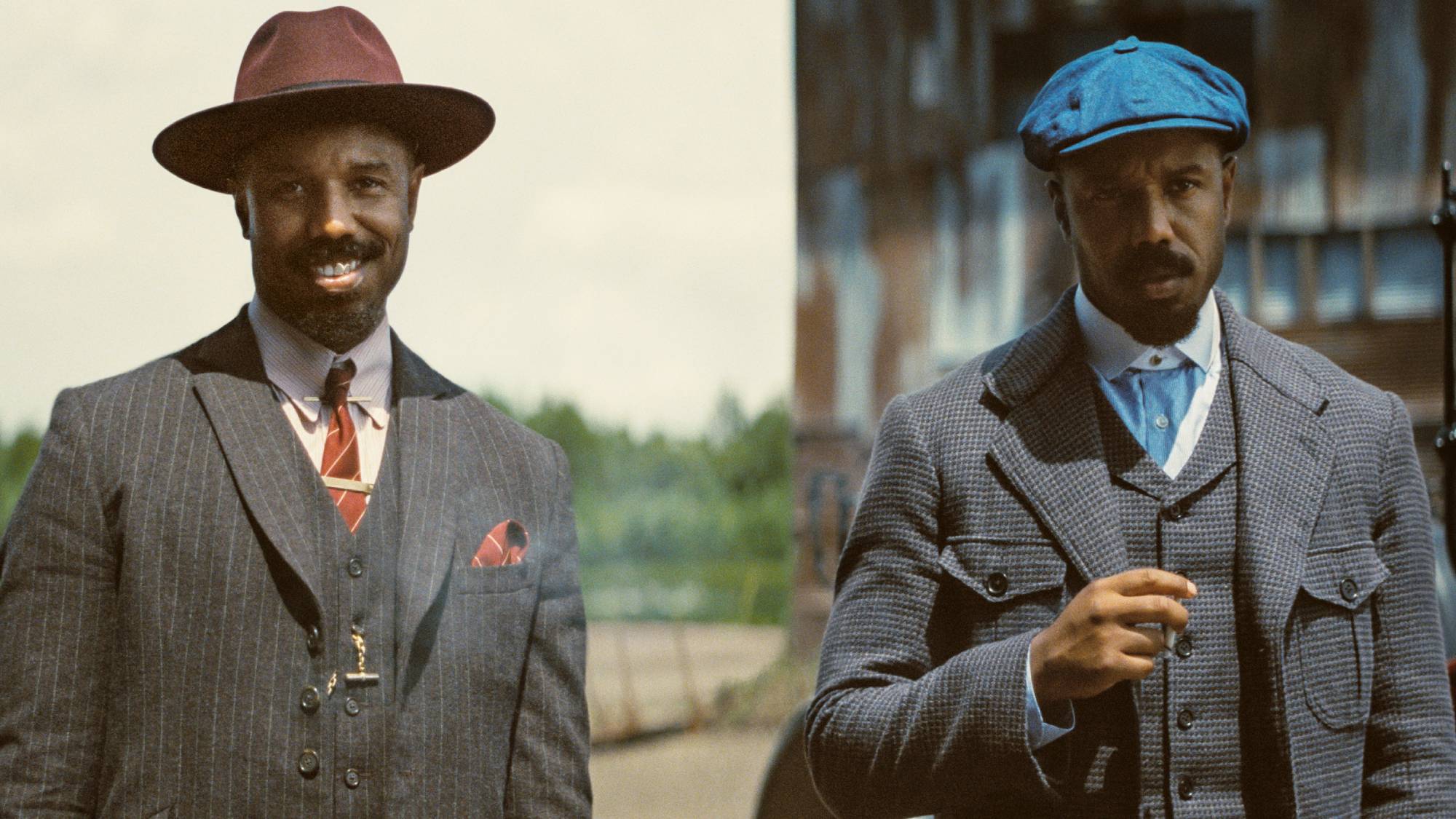Tom's Guide Verdict
Egomaniacs and selfie addicts might get a kick out of the Rova Selfie Drone, but it's too expensive for everyone else.
Pros
- +
Simple to set up and fly
- +
Takes quality photos and video
Cons
- -
Battery runs down if you don't remove it
- -
Expensive
- -
Buggy software
Why you can trust Tom's Guide
The first military drones were built to silently hover and watch. Now, their descendents perform slightly more obvious surveillance. The Rova Flying Selfie drone hovers overhead when you feel the need to capture your life, snapping selfie photos and videos. It does a decent job of this, but it's too bulky to carry around all the time and too awkward to use on the fly.
Design
The Rova Flying Selfie drone is a slightly flimsy-looking plastic drone, just over 8 inches wide and an inch-and-a-half deep. That makes it larger and harder to carry than the Hover Camera Passport, which folds in half when not in use. The Rova is available in black, red, blue and white. I tested the black version. The rotors are all within the frame, with the idea being that this protects them and the user's fingers. It definitely protects the rotors, but it's easy to stick your digits through the many gaps in the frame if you aren't paying attention.
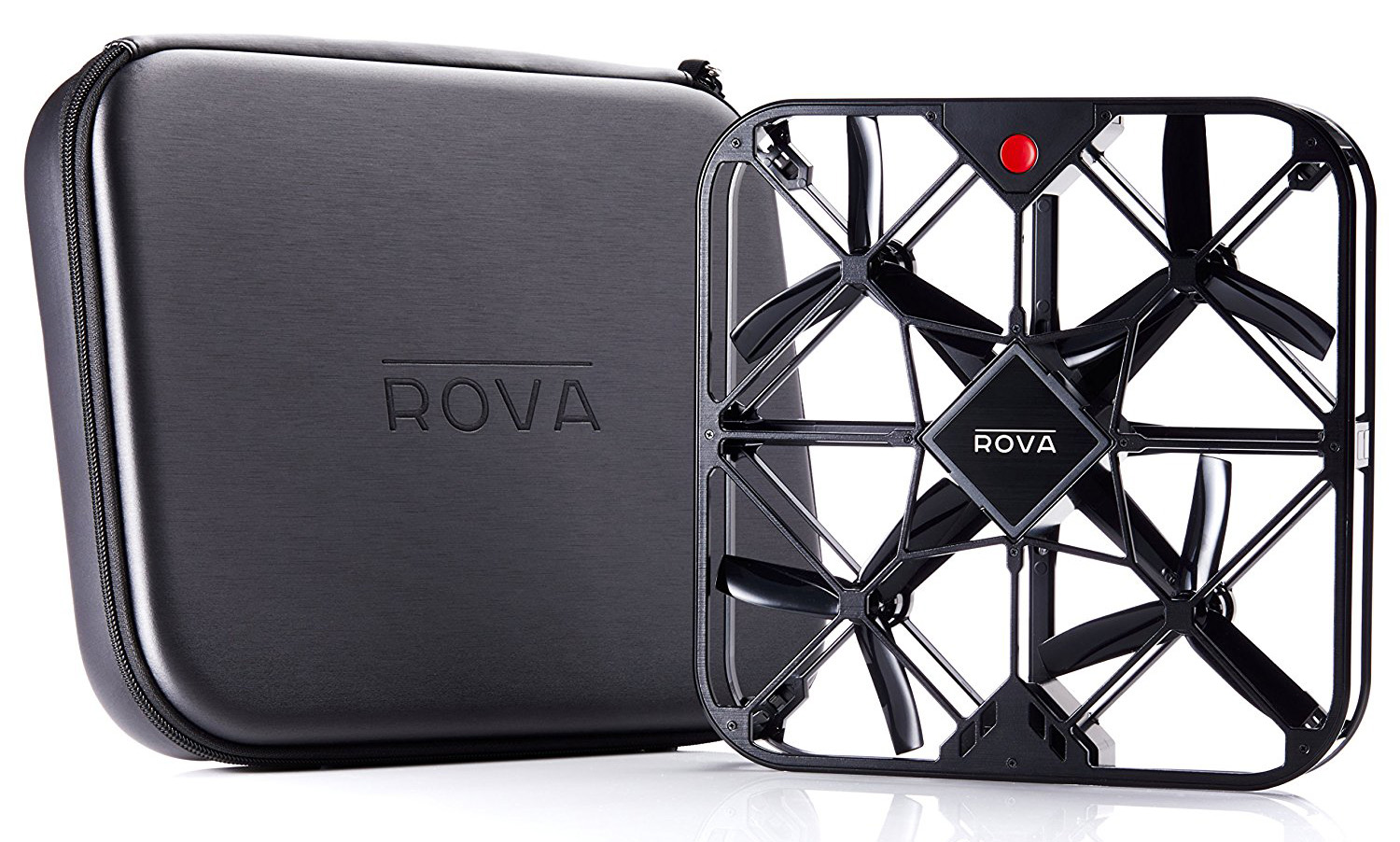
On the front of the drone is the tiny camera, surrounded by LED lights to illuminate the subject. Each side of the frame is fitted with small infrared LED sensors that alert the Rova to nearby objects. In the center of the drone is the battery compartment, with the battery fitting into the top. At the back is the power button, a micro USB port and a slot for the microSD card that holds the video and photos. The drone includes a 16GB microSD card, enough for hundreds of selfies and hours of video.
Controls
The Flying Selfie is controlled from the Rova app, available free for iOS and Android. It's a simple-to-use, straightforward app that offers a limited range of features. Touch a button, and the drone takes off. Touch another, and it snaps a photo or video. On-screen controls use the traditional two-stick arrangement, in which the left stick controls altitude and rotation, while the right stick handles forward-back and left-right movement. Additional buttons allow you to turn off the obstacle detection and fly the Rova Flying Selfie like a more conventional drone.
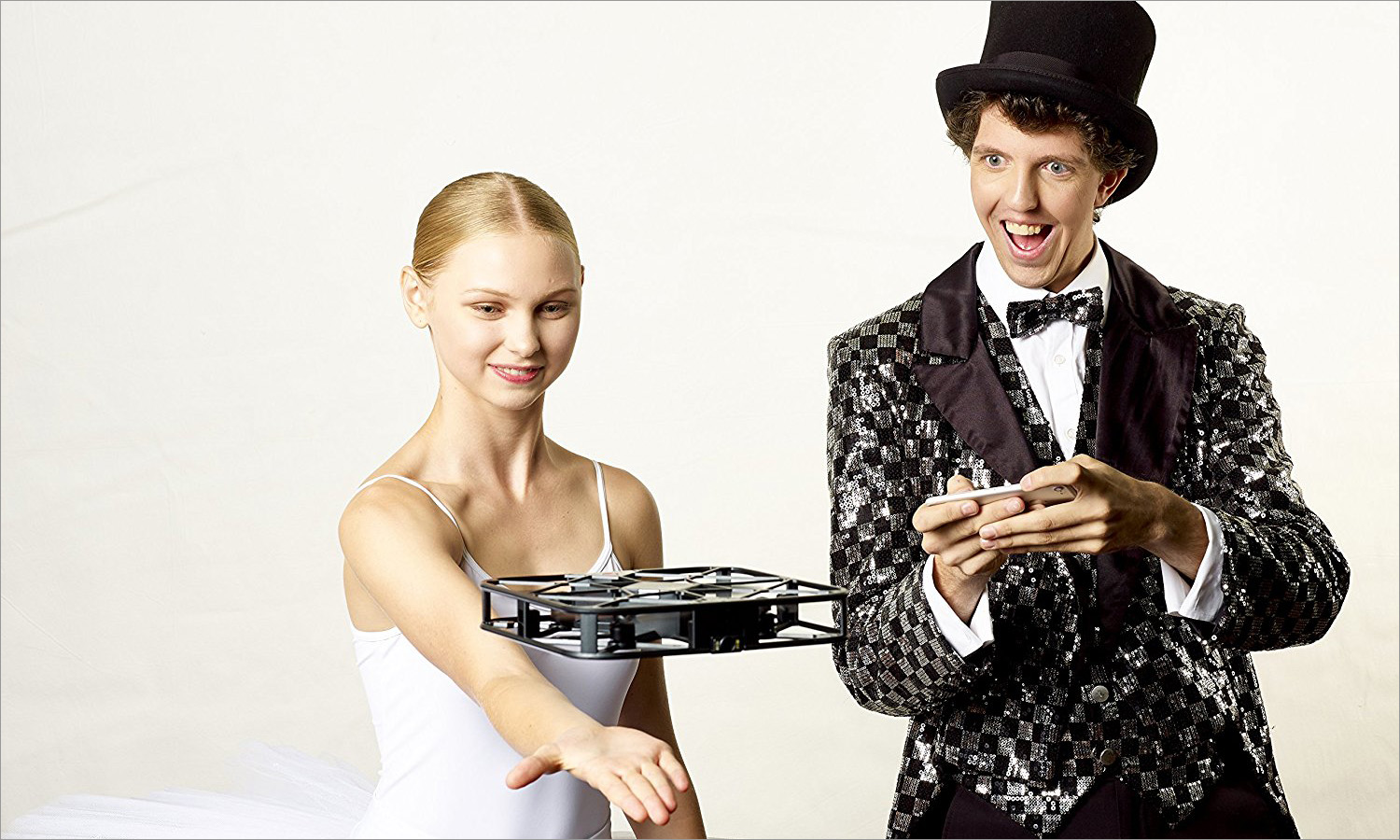
Through the app, you can view and download videos and photos to your smartphone or tablet. Once you copy those files over, you can share them to services like Facebook, Twitter or other social media networks from within the app itself.
I found the app to be somewhat buggy. Despite several updates over a few weeks, the app crashed regularly and occasionally failed to connect to the drone, even though the Wi-Fi network had been joined. On other occasions, the drone failed to respond to the takeoff button and the app didn't produce an error message. Overall, it's an overly buggy experience and another thing that detracts from the selfie-taking fun.
MORE: Best Drones
Flying
It takes a bit of work to get the Rova Selfie Drone up and running. First, you have to put the battery into the drone (it will run out of charge if you leave the battery in while the drone is not in use), then start the app and connect to the Wi-Fi network that the drone creates. Next, you press and hold the red button on the drone until it beeps; this readies it for flight. Then, you hit the takeoff button. By comparison, after initial setup, all it took to get the Hover Passport drone up and flying was to press the button on the drone.
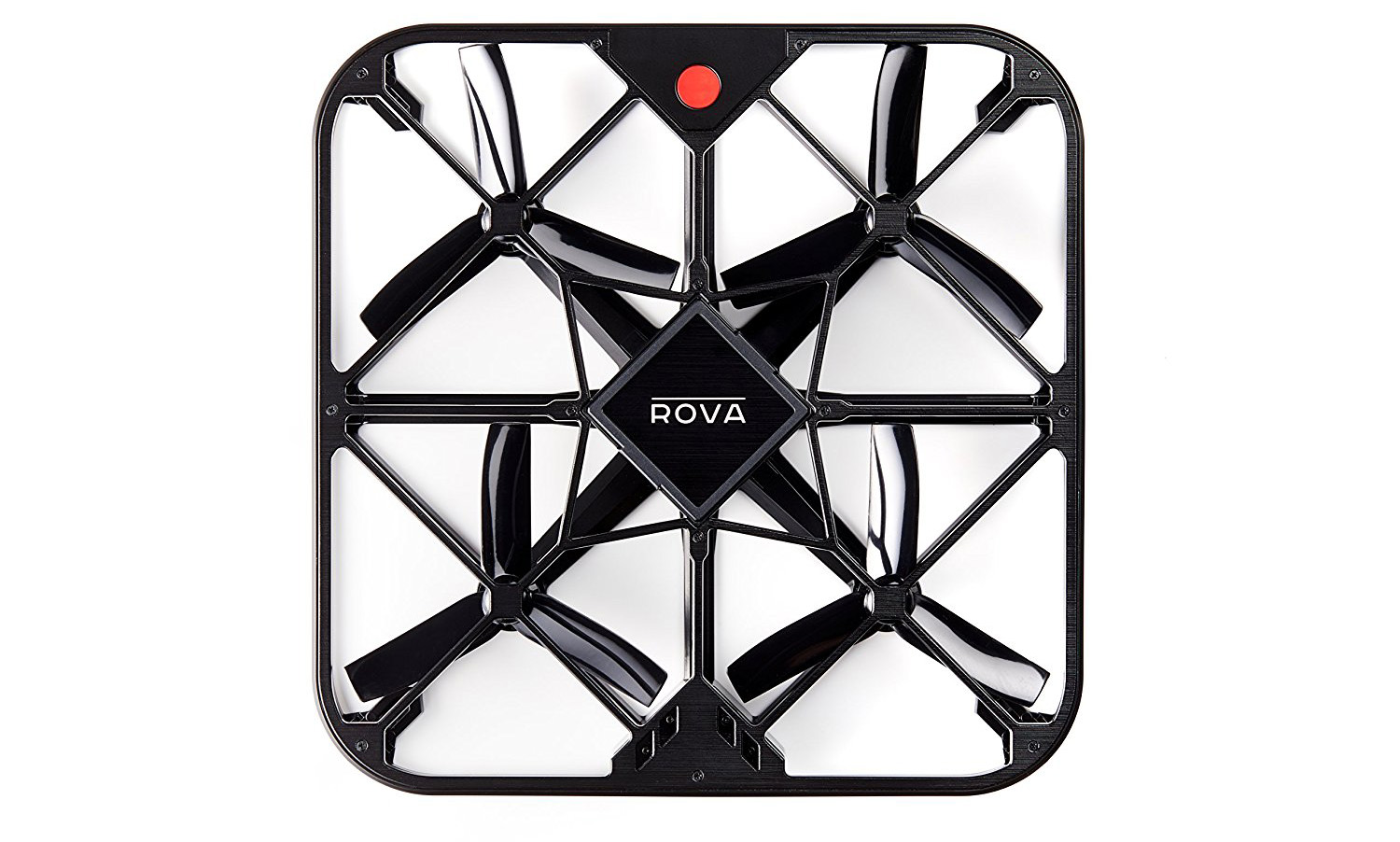
When you press the takeoff button in the Rova app, the drone rises to about 6 feet off the ground and hovers in place. From here, you can control the drone through the app, maneuvering it into place to take the video or still-image selfie with the press of an on-screen button. However, unlike the Passport's camera, the Flying Selfie's camera can't be tilted remotely. Instead, you have to plan your shot and manually tilt the camera to the angle you want before you take off.
The Rova Flying Selfie keeps steady in still conditions and moves smoothly when you're taking video. It is rather prone to being blown around by gusts of wind, though. It would be easy to lose control (and lose the drone) on a breezy day.
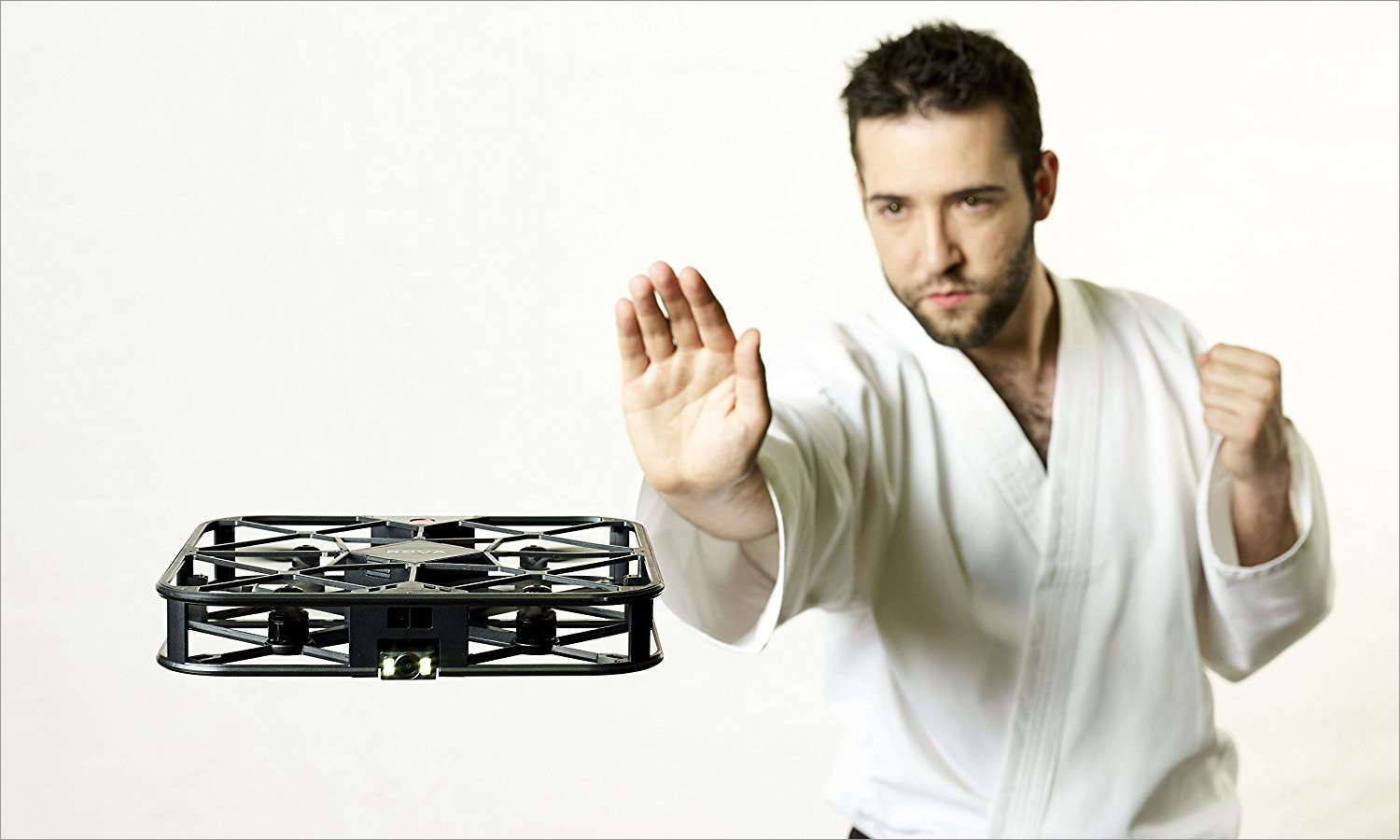
The sensors around the drone work well. Wave a hand too close to it or fly near a branch, and the Rova Flying Selfie quickly backs off to a safe distance. It doesn't have any GPS or other smarts, though. It can't navigate between waypoints, track the pilot or do the other fancy tricks that more expensive drones can do. A recent update to the Rova app adds a 360-degree video mode. Trigger this, and the drone will slowly spin around while you capture video.
The app also offers a more conventional drone-flying mode, and here the controls are smooth enough that you can do a nice zoom-away video. Set the camera pointing down, hover the drone above you, start the video and then send the Selfie Drone zooming upward to get a memorable shot.
Photos & Video
The Rova Flying Selfie takes good-quality images and attractive video, with both sharp detail and strong color. It can capture both video and photos at 1080p (1920 by 1080 pixel) resolution at 30 frames per second, or 12-megapixel stills.
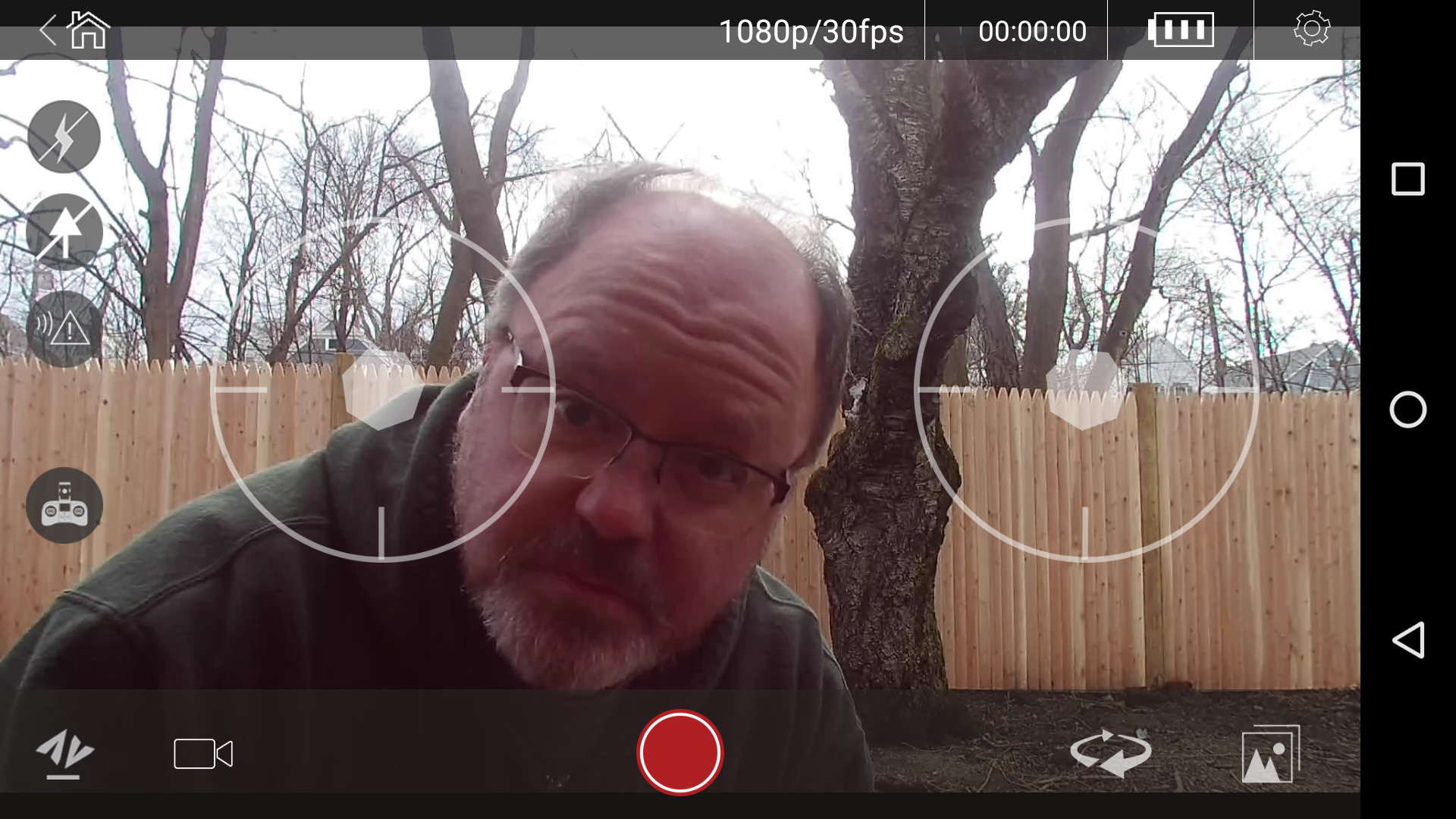
The camera defaults to taking 5-megapixel stills, but you can switch it to the full 12-megapixel resolution in the app. Video can be a little jittery if the camera moves while you're taking the footage, though, and the camera seems to pick up some vibration from the rest of the drone.
The LED lights around the camera don't put out enough light to be useful. You can't shoot video or images in low light or at night.
MORE: Drone Buying Guide: Everything You Need to Know
Battery Life
I found that the battery of the Flying Selfie lasted about 6 to 7 minutes. That's long enough to take a selfie unless you are corralling a large crowd. The drone comes with a second battery, and it is easy to swap the two. Changing batteries takes only a few seconds: Just press the latches on each side and lift the battery out, then drop the other one in place.
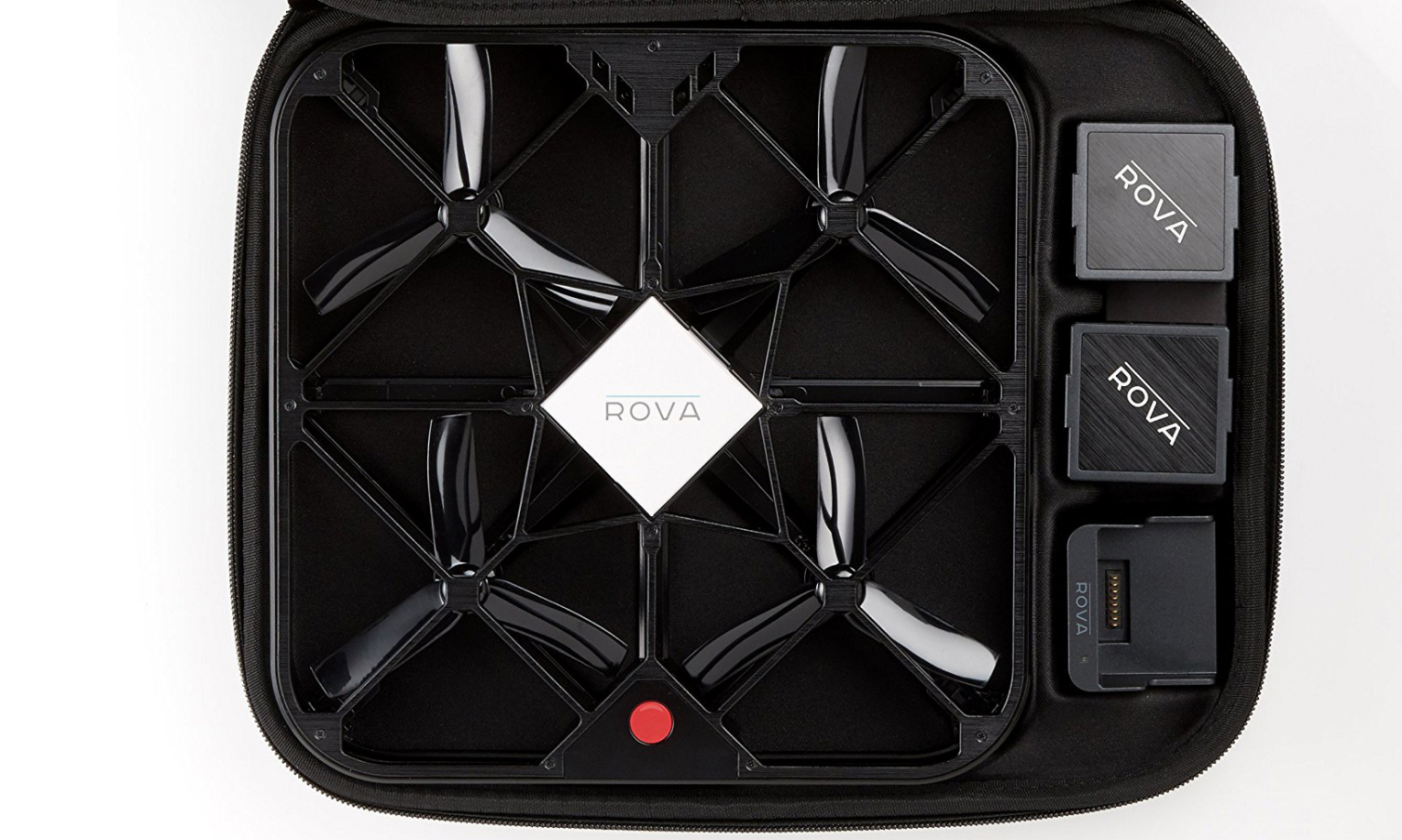
There is one issue with the batteries, though. If you leave the battery in the drone, it will run out of juice in an hour or so. There is no way to turn the drone completely off with the battery in place. That seems like a curious design choice. It would be much quicker if there were a power button so you could leave the battery in place.
Specs
Rotors: 4 (3 blades per rotor), not replaceable, 4.25-inch diameter
Battery Size: 1200-mAh Li-ion polymer (quadcopter)
Battery Life: 87 minutes (claimed/tested)
Flight Time:7 minutes
Camera: 12 megapixels, 1080p video @30 fps
Smartphone Controlled: Yes
Size: 8.25 x 8.25 x 1.5 inches
Weight: 10 ounces
Bottom Line
The Rova Flying Selfie drone does what it claims to do, taking decent images and video of the user quickly and easily. Once you get the drone airborne, it flies well, providing a steady platform to take selfies while avoiding objects and people.
But will you bother? The Rova Flying Selfie takes some time to get up and flying, which is likely to remove much of the spontaneity in the captured video and images. This makes it feel like an expensive novelty, a solution to a problem that doesn't really exist. It is cheaper than the Hover Drone, but it is also larger, bulkier, more awkward to fly and packed with fewer features. An aerial selfie might be fun, but not when it costs $300 and requires you to lug around a large case. That feels like a pointless exercise in technological vanity.
Image Credit: Rova
Richard Baguley has been working as a technology writer and journalist since 1993. As well as contributing to Tom's Guide, he writes for Cnet, T3, Wired and many other publications.
